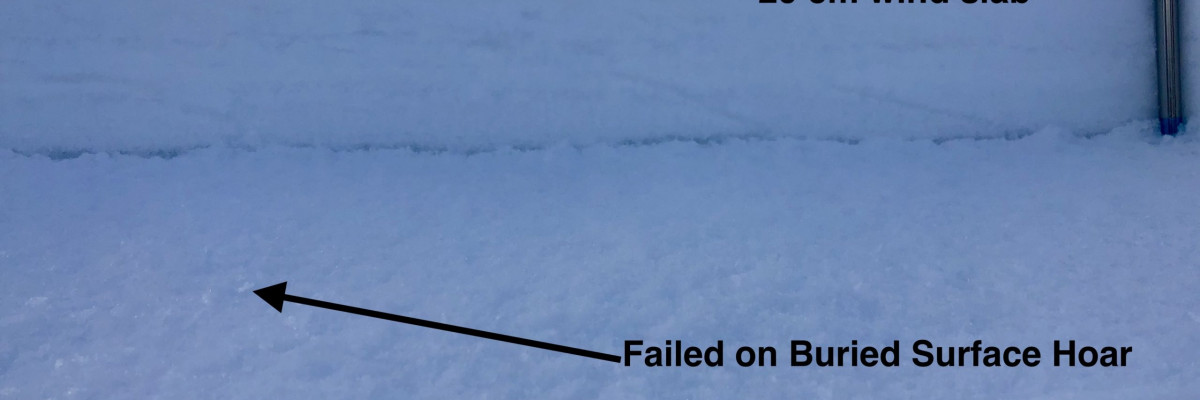An avalanche warning is extended for the southern Mission, southern Swan, Rattlesnake, and southern and central Bitterroot mountains. The avalanche danger for the west central Montana backcountry is HIGH. The avalanche hazard is increasing with continued snowfall. Human triggered avalanches are very likely. Avalanches may run long distances. Travel in avalanche terrain is not recommended.
This avalanche warning is valid for 24 hours. The avalanche warning will either be extended or terminated at 0700 on December 22, 2020. This danger rating does not apply to operating ski areas and is the sole responsibility of the U.S. Forest Service.
Weather and Snowpack
Current temperatures range from 28 to 33 degrees F throughout the advisory area. Rising snow levels will introduce rain to dry snowpacks up to 7000 ft. Winds have loaded leeward slopes and will continue to transport snow throughout today. New snow, rain and wind will continue to stress the weak layers in the snowpack. Travel in and around avalanche terrain is not recommend today. Avoid runout zones and traveling on slopes greater than 30 degrees.
The new snow and rain are loading weak layers in our snowpack. This is creating very dangerous avalanche conditions. Leeward slopes are wind loaded and sitting on weak old snow surfaces or a poor snowpack structure. Rain will create wet avalanche problems today.
The current storm cycle coincides with the start of the holidays and we expect to see more people out in the backcountry in the coming week. Please exercise caution. The draw of fresh powder is strong but we may be entering into a very active avalanche cycle.
Ski and ride safe.














